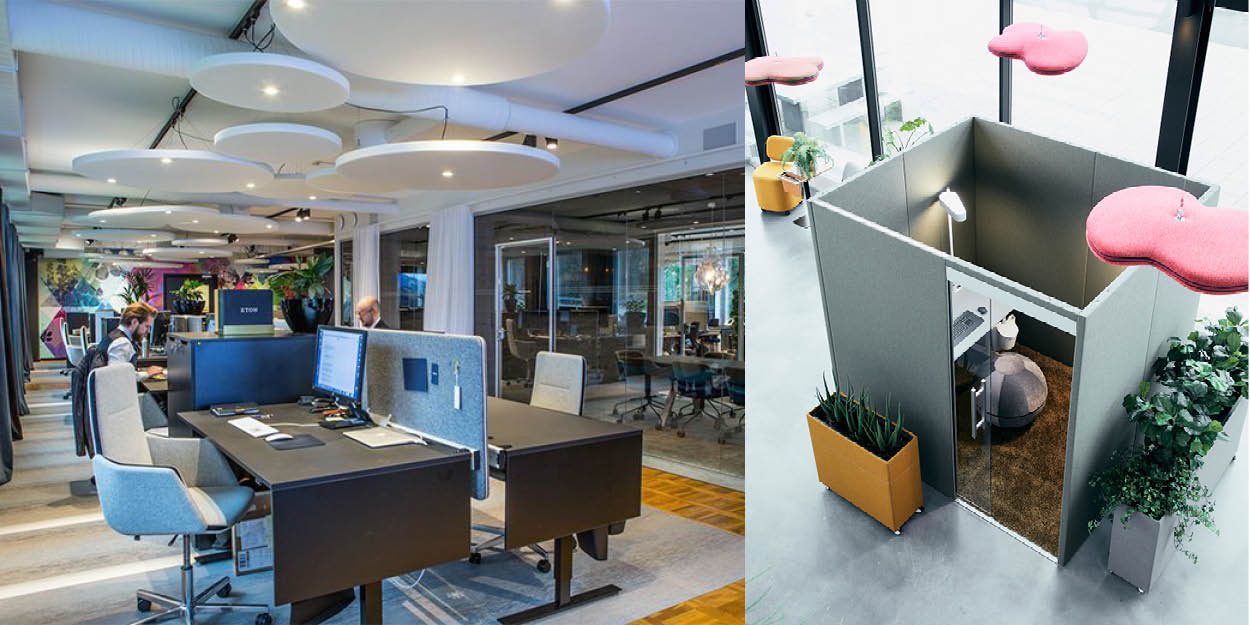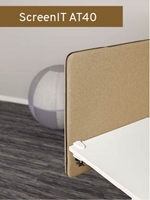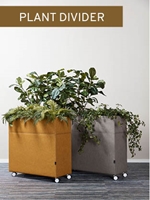


Worn and uninspiring office décor can affect the stress levels of employees, particularly younger employees, Kontorsbarometern (The Office Barometer) reveals. To reduce this type of stress one needs to focus on both the physical environment and the design of the workplace, but also leadership and technology. What does the office look like? Open plan environment, individual workspaces, interview rooms, conference rooms and lounges all make up today's typical office.
Depending on what the work tasks are, different workplaces and designs work well. Analysing the organisation's workplace requirement is a good way of finding out how to best furnish the office. If this isn't already an important aspect for the organisation, it should be. The interior and design largely affect the employees' well-being, productivity, creativity and their ability to collaborate. It should be in the interest of every employer that their staff both live and work well, as well as using the premises in the best way. The work environment must be created from the needs that exist.

In general, it can be said that work tasks that require high levels of focus need to maintain a high degree of peace of mind at work, while work tasks that require less focus can be open, with more life and movement.
Employees with work tasks that require a high focus level should have individual workplaces with a low noise level, decorated in calm colour schemes, such as blue or green. The workplace should be in its own room or in a well screened area with partitions and sound absorbents.
Work tasks that require less focus usually require more open premises, because increased noise levels or people passing through are not so important. For creative work tasks, colour schemes in more vibrant colours, which increase the energy levels and motivation, may be appropriate. Open areas with a lot of work stations and a social area, without getting too noisy, often work well.

General tips for increased well-being and performance at work:
Sound and noise – reduce the noise and lower the sound level by using absorbents in the walls, ceiling and furniture.
Plants – human senses are positively affected by being surrounded by greenery, the more the better. Lots of real plants act as air cleaners, but if there are employees with allergies, artificial plants work just as well for visual perception and well-being.
Light – light from windows is important, decorate to maximise this through furnishings and pale walls and ceilings.
Computer screens – rest your brains and eyes from computer screens at regular intervals. Look away and focus on something at least 20 meters away, and preferably on something outdoors.
Unwritten rules and behaviour – what relationships one has with fellow employees is also important. Is it OK to go and disturb a colleague working at their desk, regardless of whether one is a manager or colleague? Refocussing can take some time and constant interruptions damage productivity. Set up a code of conduct to improve job satisfaction.








